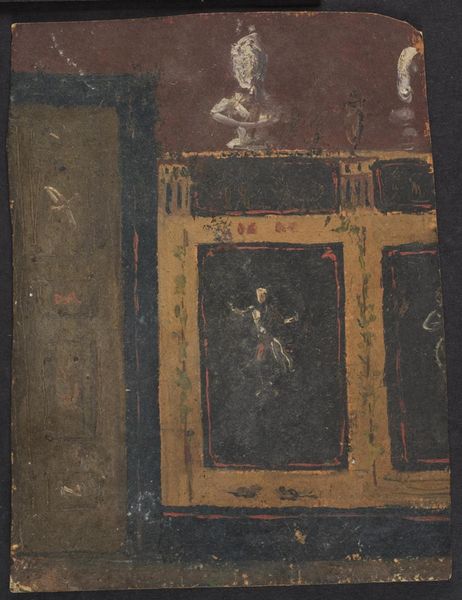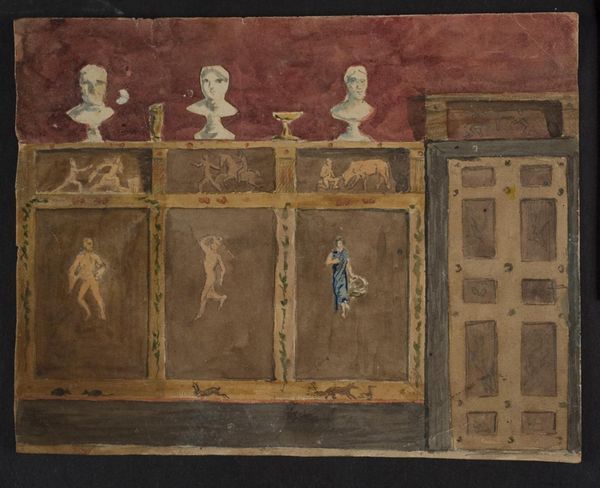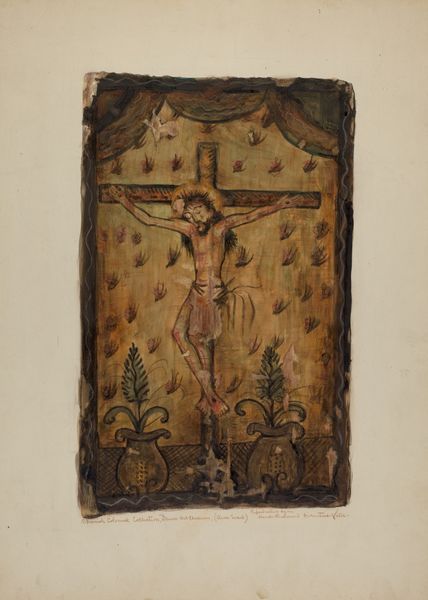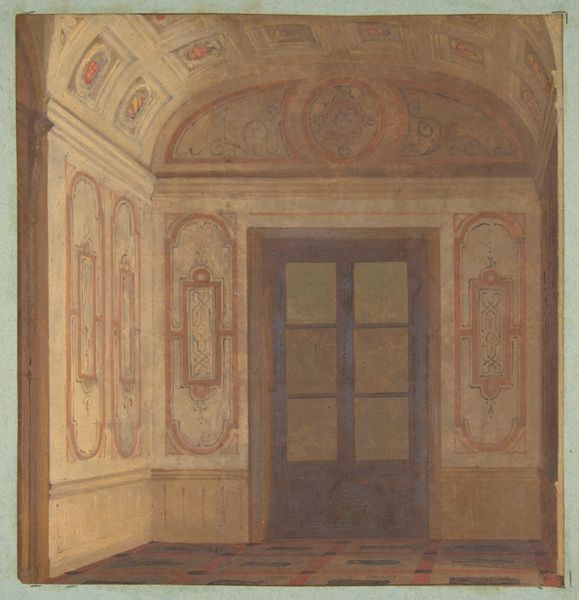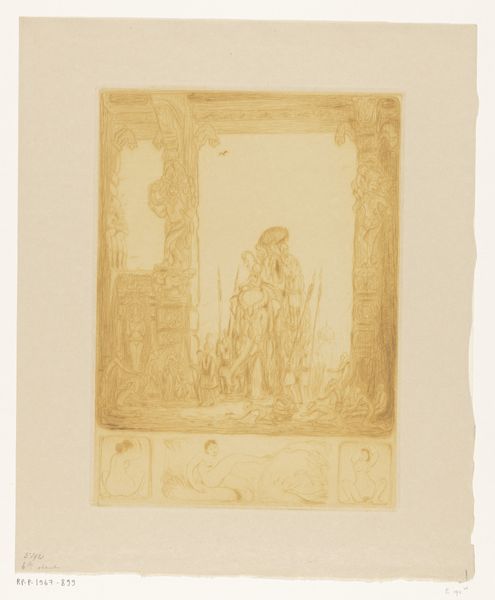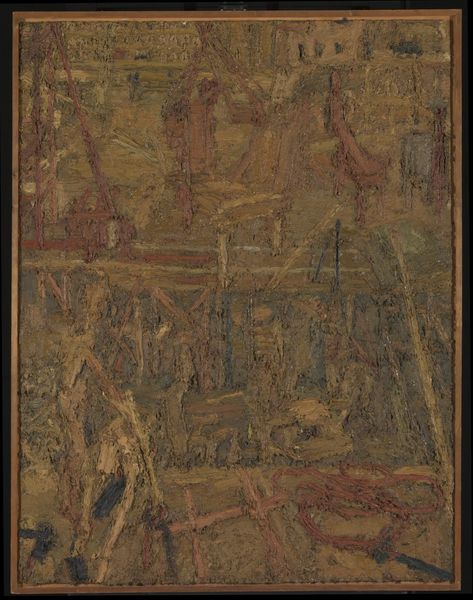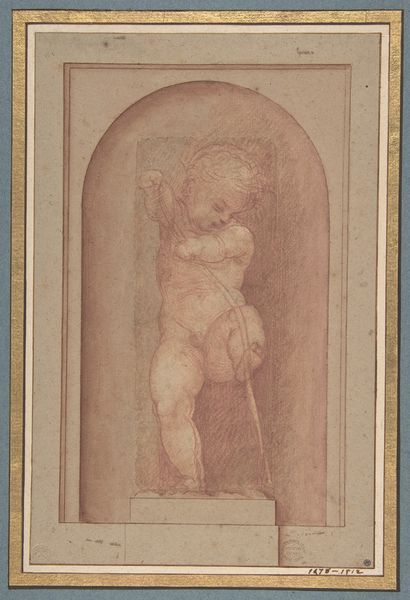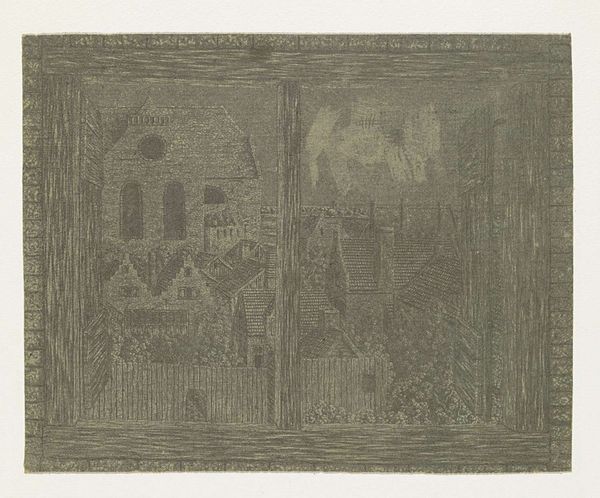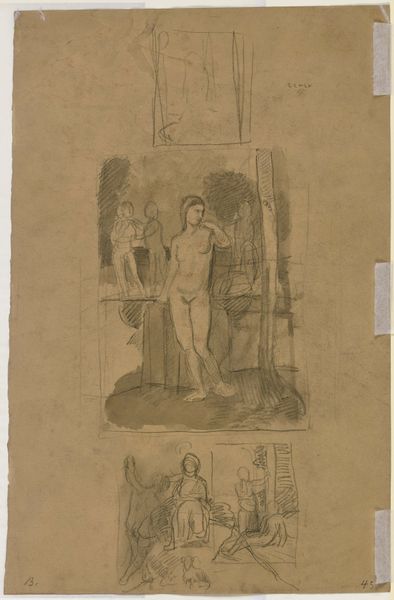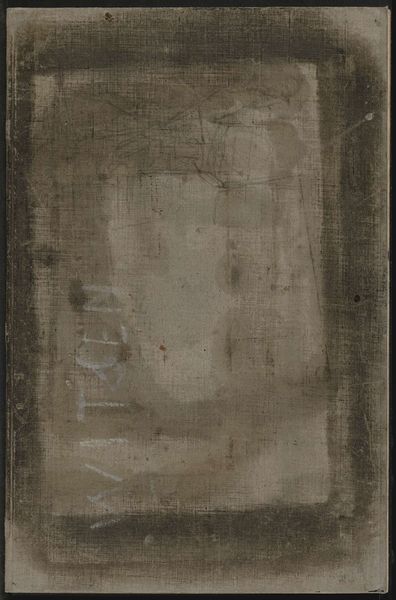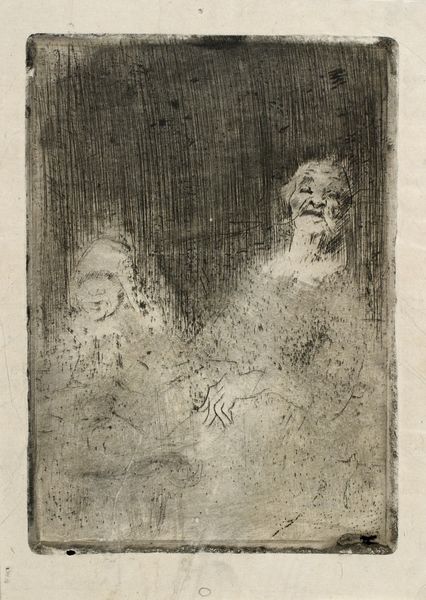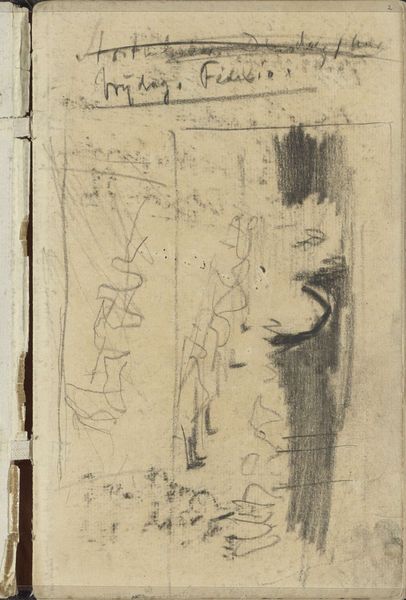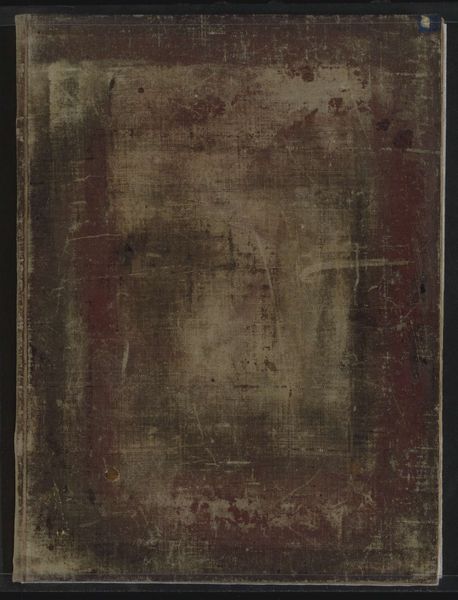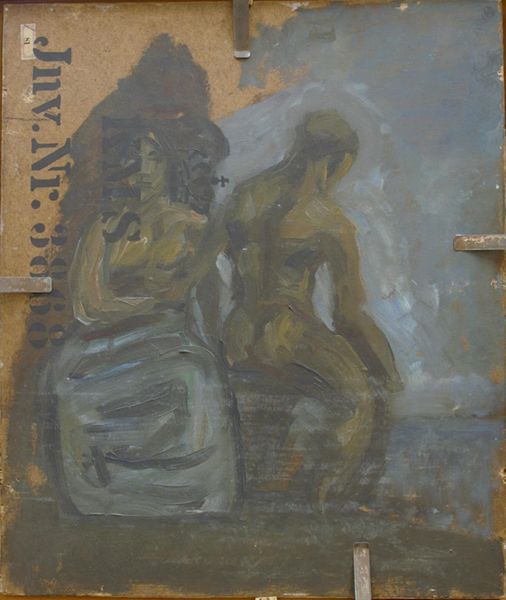
drawing, watercolor
#
drawing
#
water colours
#
landscape
#
watercolor
#
genre-painting
#
history-painting
#
academic-art
#
watercolor
Dimensions: 127 mm (height) x 116 mm (width) (bladmaal)
Curator: So, here we have Lorenz Frølich's "Vægdekorationer til Valhøj 1838/1839," dating from 1838 to 1839, currently housed at the SMK. These wall decorations offer a peek into the visual culture of the Danish Golden Age. Editor: Hmm, first impression? Faded grandeur. It's like a Pompeian echo rendered in watercolors. I'm getting a ghostly domestic vibe; almost melancholy. Curator: Interesting. We know Frølich later achieved prominence illustrating Norse mythology, and you can see emerging hints of classicism here, though quite subdued. These watercolors likely reflect the era's interest in reviving classical artistic styles for interior decor. Academic-art, it's called. Editor: That explains the figures. But look at how they seem almost suspended in those rectangular compartments, a bit like actors in a shallow stage setting. I wonder about the space around them - that large, indistinct form, seemingly out of focus or unfinished; is this just how old paper degrades? It pulls my eye and gives the painting an off-kilter feel. Curator: It's deliberate, I think. Considering its intended function as a wall decoration, Frølich may have been considering how it would harmonize with the room, intentionally blurring the boundaries between the painted world and the physical space. We should remember these sketches were never fully realized as large frescos, making it an idealized concept. Editor: I see what you mean, like he's considering the fourth wall, so to speak. But even the subjects… they are oddly listless. The hunter and the athlete trapped in amber. Not the bold celebration of form one might expect. Curator: Perhaps reflecting a certain Danish modesty of the period, a preference for intimate contemplation over heroic displays. Frølich was engaging with broader European trends in neoclassical design, but filtering it through a very specific cultural lens. The museum context can distance us from understanding their everyday application. Editor: That is a fair point, considering this isn't simply high art in the traditional sense, but a reflection of the desire to bring that culture directly into your dining room. That adds another layer, doesn't it? Curator: Precisely, this shifts our focus from individual genius to how visual culture permeates daily life and collective aspirations. Editor: All things considered, despite its quiet aura, it's stirring, a testament to how art functions both as a time capsule of ideals and as an agent influencing cultural trends. Curator: Indeed, and studying its role in shaping our built environment really enriches our engagement with art history.
Comments
No comments
Be the first to comment and join the conversation on the ultimate creative platform.
